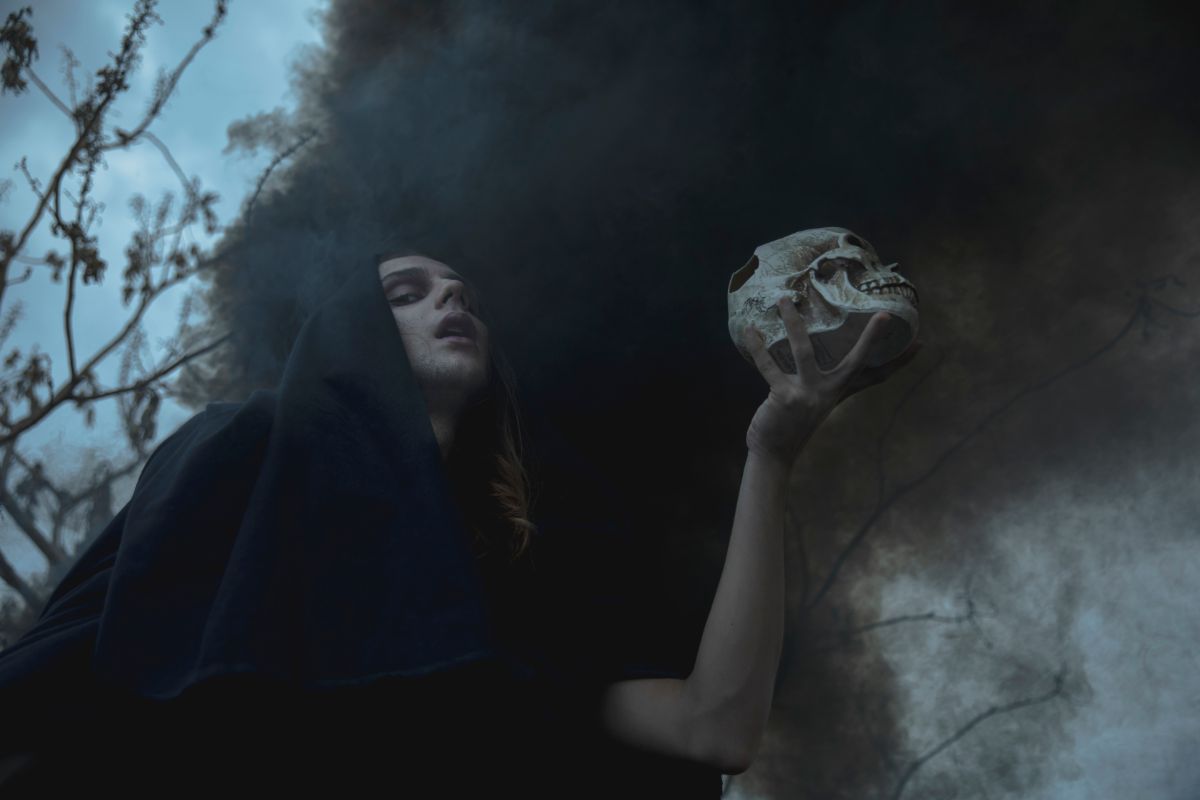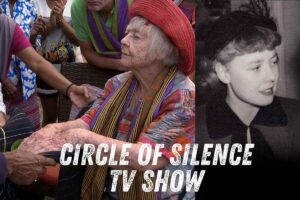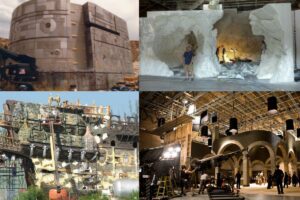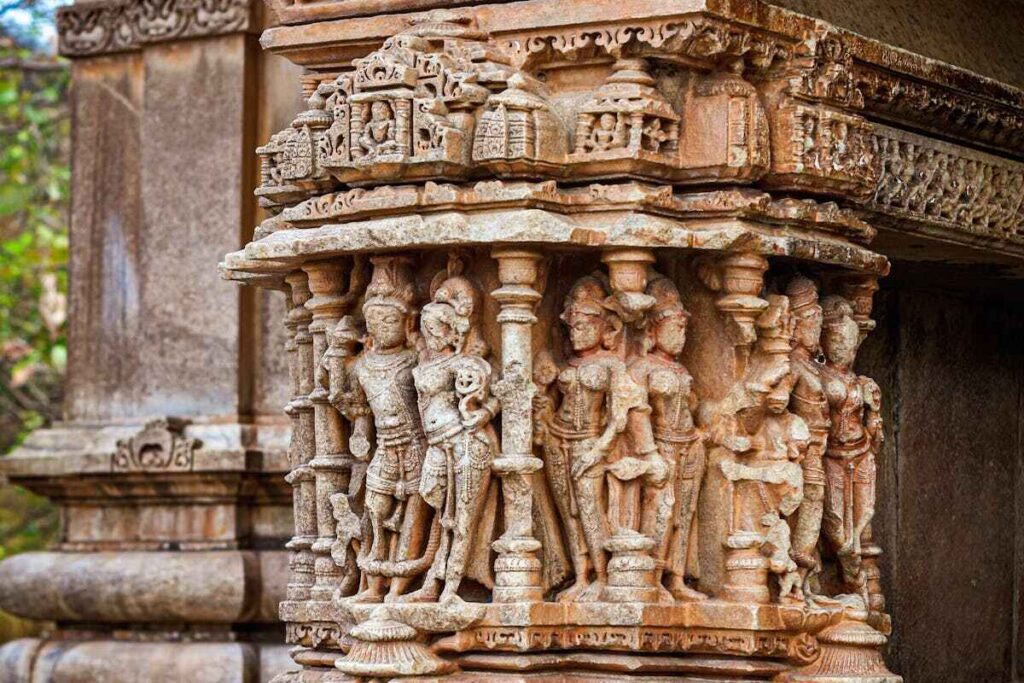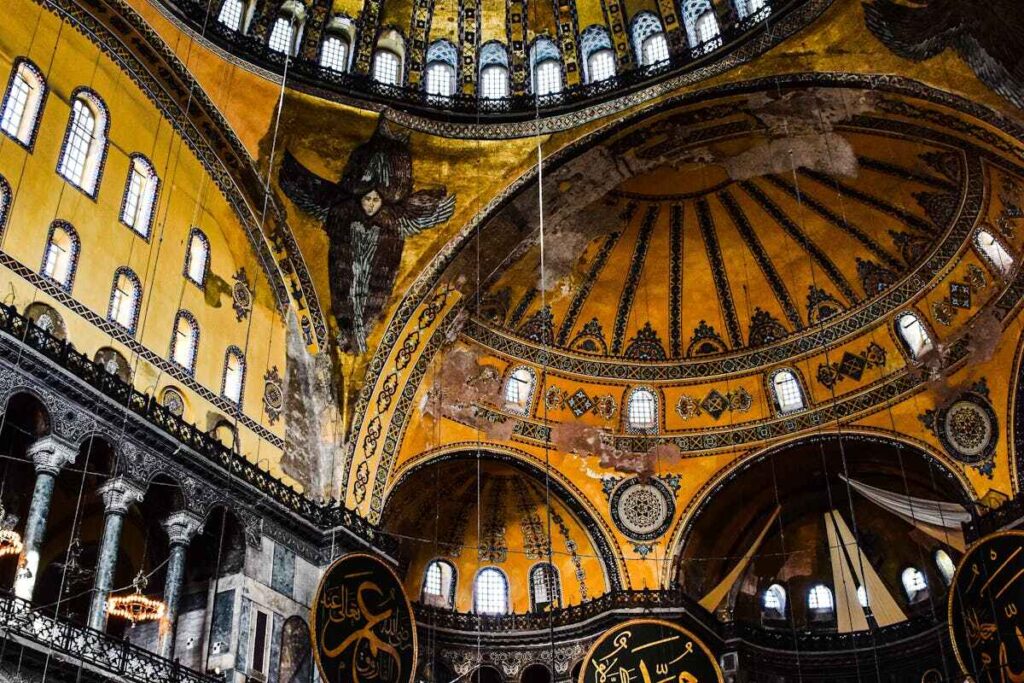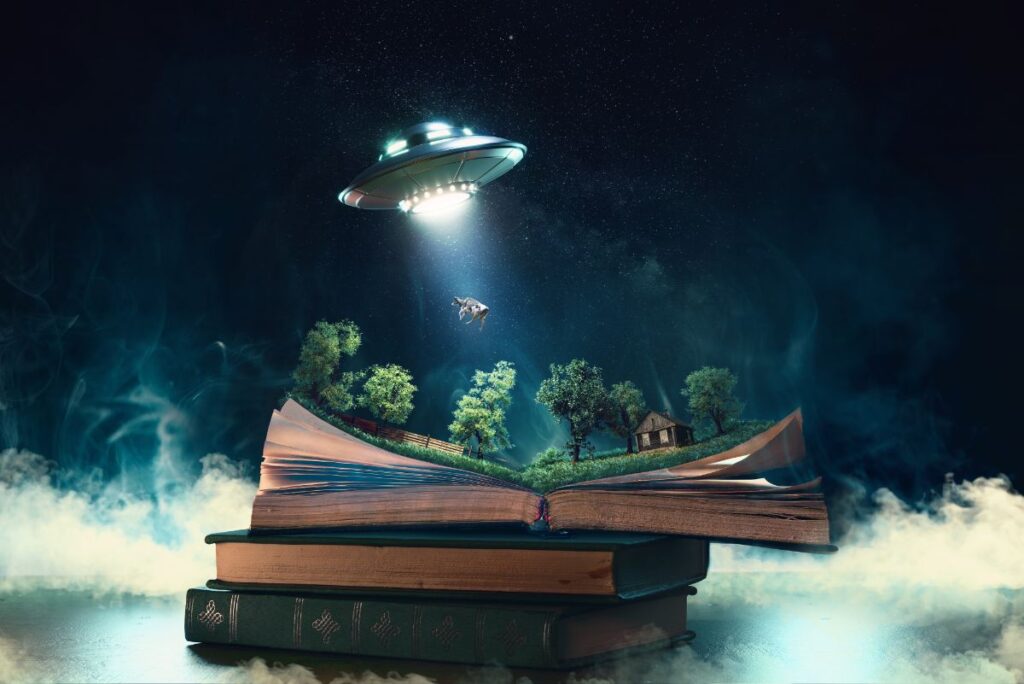Green Room (2015) remains one of recent memory’s most harrowing and impactful survival horror films. Its combination of raw brutality, the punk rock aesthetic, and claustrophobic tension makes it stand apart in a genre often dominated by supernatural threats. Rather than featuring ghosts, ghouls, or paranormal entities, Horror Movies Like Green Room focuses on the human capacity for violence and survival, unfolding in a desperate fight for life within the confined walls of a backwoods venue. This brutal and relentless narrative redefined how we view survival horror, particularly its blending of rebellion, chaos, and sheer terror.
Why Green Room Stands Out in the Horror Genre
One of the reasons Green Room is so impactful is its commitment to realism. Rather than relying on over-the-top gore or jump scares, it plays on the visceral human fear of entrapment and inevitable violence. The characters are not superhuman nor remarkably skilled at combat—they’re punk rockers thrust into a nightmarish situation. The film’s villains are also grounded in reality, representing a real-world threat in the form of violent neo-Nazis. By creating this palpable fear grounded in realism, the film differentiates itself from traditional horror films and pulls viewers into its suffocating atmosphere.
What Makes Green Room Unique?
Its fusion of survival horror with the punk rock aesthetic truly sets Green Room apart. In most survival horrors, we see protagonists as trained survivors or ordinary people grappling with supernatural forces. In Horror Movies Like Green Room, the protagonists—members of a punk band—are already outsiders to society, defined by their rebellious ethos. This cultural backdrop imbues the film with an additional layer of tension: they’re not just fighting for survival; they’re fighting against a system of oppression that goes beyond the immediate threat. It makes the film both a battle of survival and an ideological war.
The Elements of Survival Horror and Punk Rock Aesthetic
Survival horror thrives on desperation and danger. It’s a genre where characters are forced to improvise, make life-or-death decisions, and grapple with the uncertainty of their survival. Green Room intensifies these elements with its gritty punk rock setting. The punk subculture, known for its anarchic spirit and defiance, contrasts beautifully with the hyper-controlled, militaristic order of the neo-Nazi antagonists. This clash is more than physical; it symbolizes a more significant ideological battle. The characters’ lack of combat skills and reliance on quick thinking amplifies the tension, making their fight for survival even more intense.
The Formula: Horror and Claustrophobia
The film employs one of horror’s most successful formulas: isolation. Trapping characters in confined spaces where escape seems impossible naturally heightens tension. Green Room uses this to significant effect, locking the band in a small, cramped room surrounded by enemies with limited means of escape. This physical confinement mirrors the psychological claustrophobia experienced by both characters and viewers. As their situation becomes more desperate, the audience feels the walls closing in, with each moment of violence escalating the dread. The film’s effectiveness in crafting tension through confinement sets it apart from more sprawling, open-world survival horrors.
How Confinement and Tension Shape Movies Like Green Room?
Confinement in horror films strips away the characters’ sense of control and forces them into a constant state of vigilance. This lack of power is a hallmark of what makes horror so terrifying. In films like Green Room, characters are trapped, forced to confront the immediate threat without the luxury of escape or rescue. This sense of helplessness generates tension, allowing the audience to empathize fully with the protagonists’ plight. The tight, confined space becomes a character, shaping the narrative and enhancing the terror at every turn.
Top 15 Horror Movies Like Green Room
Don’t Breathe (2016)
Like Green Room, Don’t Breathe thrives on confinement and tension. A group of young thieves find themselves trapped in the house of a blind but deadly man. The characters’ vulnerability and the claustrophobic setting mirror the desperate atmosphere of Green Room; escaping seems both unlikely and challenging.
The Descent (2005)
The Descent takes the concept of confinement to an extreme, trapping its characters in the narrow, uncharted caves of the Appalachian Mountains. As with Green Room, the protagonists face not just physical threats but psychological ones, as the overwhelming fear of the unknown—and the claustrophobia of the cave system—push them to their breaking point.
Green Inferno (2013)
For fans of Green Room’s visceral brutality, Green Inferno provides a similarly unflinching experience. Set in the depths of the Amazon rainforest, the film’s characters find themselves at the mercy of an indigenous tribe with a penchant for gruesome rituals. The isolation and savagery in both films elicit a primal fear.
You’re Next (2011)
You’re Next cleverly subverts the home invasion subgenre, much like Green Room does for survival horror. The film’s protagonists are equally out of their depth but must fight for survival against a violent and relentless force. The confined setting and the sudden shift from normality to sheer terror make for an intense watch.
Hush (2016)
Hush follows the fight for survival of a deaf woman trapped in her home, much like the band members in Green Room. The use of silence and the protagonist’s vulnerability heighten the tension, making each moment fraught with danger.
The Invitation (2015)
In this slow-burn thriller, a dinner party becomes the setting for an unsettling, escalating tension. Much like Green Room, The Invitation utilizes confined space to drive psychological terror as paranoia and mistrust build to a horrifying climax.
High Tension (2003)
As its title suggests, High Tension offers a relentless, fast-paced narrative where the characters’ survival is constantly at stake. Its raw violence and intense atmosphere align closely with the energy of Green Room.
Funny Games (1997)
In Funny Games, two young men take a family hostage in their vacation home, subjecting them to sadistic torment. The film explores human cruelty, and the unpredictability of violence parallels Green Room’s brutal realism.
The Strangers (2008)
A seemingly idyllic vacation home becomes a prison for a couple terrorized by masked assailants. Like Green Room, The Strangers explores themes of helplessness and the sudden intrusion of violence into everyday life.
Ready or Not (2019)
This darkly comedic film blends survival horror with a game of deadly hide-and-seek, where a newlywed bride must outlast her in-laws in a sadistic hunt. The singular location and survivalist narrative evoke Green Room’s tense atmosphere.
Eden Lake (2008)
In Eden Lake, a couple is hunted by a group of violent youths, much like the band members in Green Room. The brutality and survivalist themes resonate deeply with visceral, grounded horror fans.
The Purge: Anarchy (2014)
The Purge: Anarchy expands on its predecessor’s dystopian premise, offering a night where all crime is legal. The protagonists’ fight for survival amidst societal collapse mirrors the survivalist grit found in Green Room.
Calibre (2018)
In this rural thriller, two friends on a hunting trip must survive after a tragic accident spirals out of control. The mounting tension and moral dilemmas reflect Green Room’s tightrope between life and death.
The Belko Experiment (2016)
The Belko Experiment epitomizes corporate survival horror, trapping its characters in an office building where they must kill or die. The confined setting and escalating violence are reminiscent of Green Room’s raw, desperate fight for survival.
- The Last House on the Left (2009)
A brutal revenge horror, The Last House on the Left features characters pushed to their limits, much like the punk band in Green Room. Its unflinching portrayal of violence and the raw desperation for survival make it a worthy companion.
Themes in Green Room and Similar Films
The films above are committed to realism, grounded violence, and psychological tension. These themes allow the horror to feel immediate and personal, forcing viewers to confront the raw emotions associated with survival. Whether through tight, claustrophobic spaces or characters grappling with the harsh reality of their situation, these films echo Green Room’s effective use of isolation and desperation.
The Role of Music and Subcultures in Horror
Green Room’s punk rock backdrop adds a unique flavor to its narrative, imbuing the film with an energy that mirrors the chaotic, anarchic spirit of the genre. Music has long played a crucial role in horror, often setting the tone and amplifying tension in films like Green Room. Using subcultures—whether punk rock or otherwise—deepens the characters’ motivations and heightens the stakes.
Why Claustrophobic Horror Works So Well?
Claustrophobic horror taps into a universal fear: the loss of control and the inability to escape. By limiting space and options, filmmakers can turn the most straightforward decisions into life-or-death choices. It heightens the stakes, forcing the characters (and the audience) into constant dread. The films that do this well, like Green Room, linger in the mind long after the credits roll.
Conclusion
For those who found Green Room’s gritty, claustrophobic horror captivating, the films on this list offer a similar blend of tension, brutality, and survival. These movies emphasize the power of isolation, human fragility, and the unpredictability of violence, ensuring they deliver the same pulse-pounding experience. Whether through punk rockers fighting for survival or ordinary people facing extraordinary circumstances, these films remind us that horror isn’t always about monsters—it’s about the horrors we face in the real world.
Frequently Asked Questions (FAQs)
What makes Green Room stand out in the survival horror genre?
Green Room excels in its blend of raw realism, psychological tension, and visceral violence. It avoids supernatural elements and focuses on the terror of human conflict and survival, making the threat feel more immediate and personal.
Are the horror films on this list as brutal as Green Room?
Many of these films share Green Room’s brutal, unflinching approach to violence and survival, particularly The Belko Experiment and High Tension. They emphasize raw, grounded terror rather than fantastical horror elements.
Why are confined spaces so effective in horror films?
Confined spaces limit characters’ ability to escape, heightening tension and making every decision crucial. The claustrophobia forces both characters and viewers into a heightened state of anxiety, making the horror feel more immediate.
How does Green Room incorporate the punk rock aesthetic into its narrative?
The punk rock aesthetic in Green Room is more than just a backdrop—it shapes the characters’ motivations, their anti-authoritarian attitude, and the sense of rebellion against oppressive forces. It increases the stress in their quest for survival.
What’s the most intense moment in Green Room?
One of the most intense moments is when the band members realize they are trapped. The sudden shift from a regular gig to a fight for their lives is shocking and relentless, setting the tone for the rest of the film.

